Below is a plot that I want to include in a paper. The problem is the width of my plot which is to small (that make x-axix not readable at all)
Here is the ggplot2 code myCode.r :
require("ggplot2")
all <- read.csv(file="benchmark/bench.query.csv", head=TRUE, sep=";")
w <- subset(all, query %in% c("sort.q1", "sort.q2", "sort.q3", "sort.q4", "sort.q5"))
w$rtime <- as.numeric(sub(",", ".", w$rtime, fixed=TRUE))
p <- ggplot(data=w, aes(x=query, y=rtime, colour=triplestore, shape=triplestore))
p <- p + scale_shape_manual(values = 0:length(unique(w$triplestore)))
p <- p + geom_point(size=4)
p <- p + geom_line(size=1,aes(group=triplestore))
p <- p + labs(x = "Requêtes", y = "Temps d'exécution (log10(ms))")
p <- p + scale_fill_continuous(guide = guide_legend(title = NULL))
p <- p + facet_grid(trace~type)
p <- p + theme_bw()
ggsave(file="bench_query_sort.pdf")
print (p)
I've look around to see how to enlarge the plot, but I found nothing.
Any idea about what to add/delete/modify in my code ?
